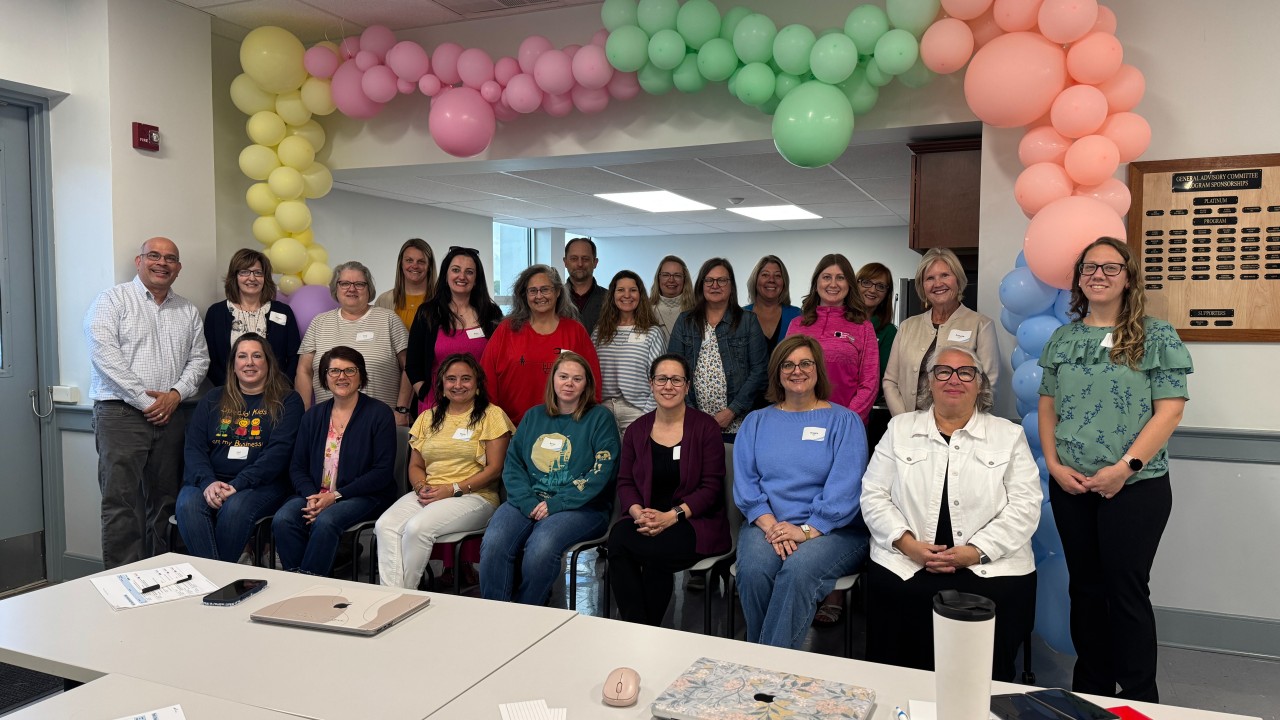In this second chapter of Beech Avenue’s story, their steady focus and collective effort have resulted in real gains for students and renewed energy for teachers and school leaders.
Rhode Island hoped that investing in leadership was the surest way to strengthen schools and districts. They were right.
Franklin County has moved beyond hypotheticals to becoming the foundation of a rural model of high-quality, aligned early childhood education that others can learn from.
How one district built a sustainable, homegrown leadership pipeline. One where no leader grows alone.
Arizona’s Paradise Valley Unified School District is moving beyond alignment toward a system that collaborates, adapts, and learns.
How one Florida district is growing its own school leaders—and transforming its system from the inside out.
In Southern Maryland, more than 80 leaders came together not just to talk about the teacher shortage—but to build a bold, inclusive pipeline that reflects the students they serve and the future they deserve.
This Mississippi school district is partnering with industry to design bold pathways to career readiness for its students.
Franklin County is partnering with state and national organizations to rethink its early childhood and K–12 education systems, aiming to become a model for rural communities across the country.
How are districts actually changing and adapting to prepare students for the future and their life beyond K-12? What does this look like in practice, and how does a district move toward a new system, one that is learner-centered and future-ready?
Grove City Area School District is placing teachers at the forefront of decision-making, creating a culture where innovation and shared responsibility thrive.
A bold shift in professional learning is empowering teachers to collaborate, reflect, and lead change—transforming not just their classrooms, but the entire school community.













